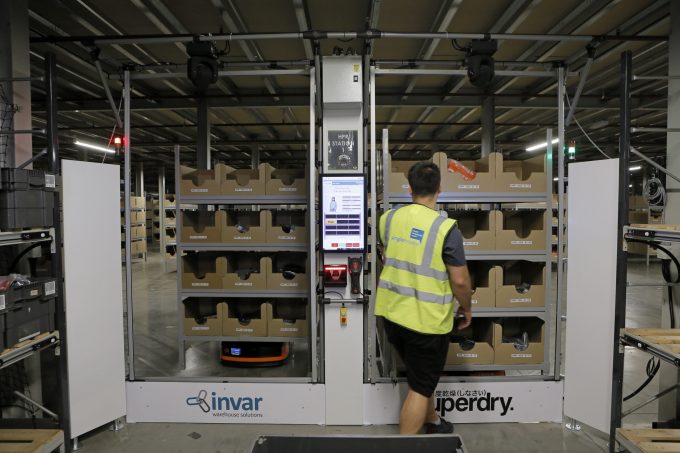
In the first application for Hikrobot in the UK, global fashion brand, Superdry, is leveraging the flexibility of intelligent mini-robot carriers to transform order picking and put-away at its UK hub – just part of a phased roll-out of goods-to-person robotics that will boost productivity ...



Comment on this article